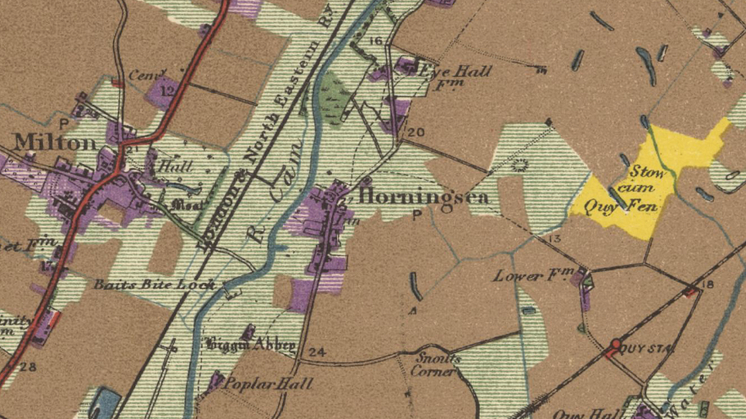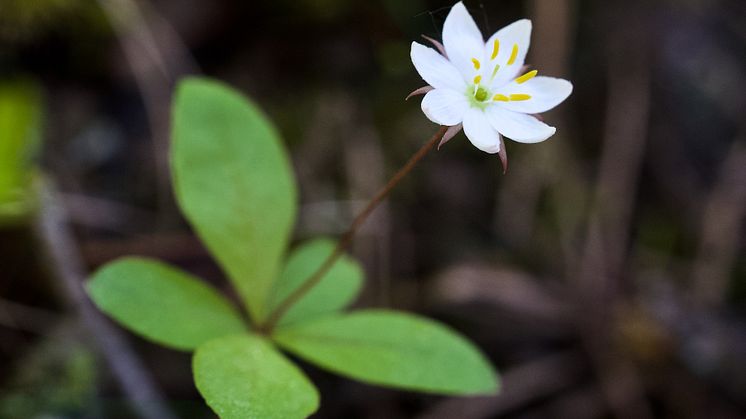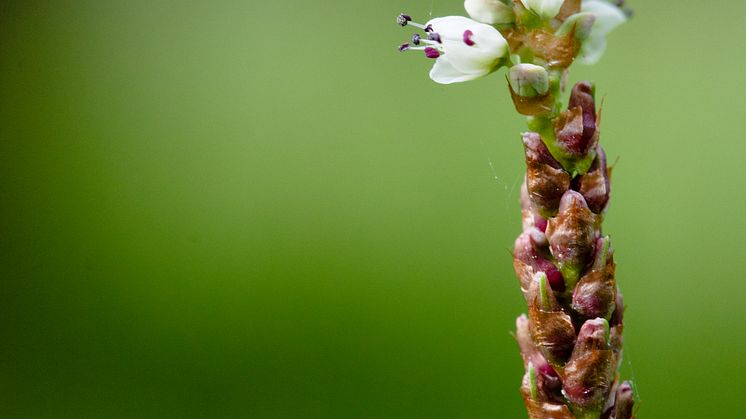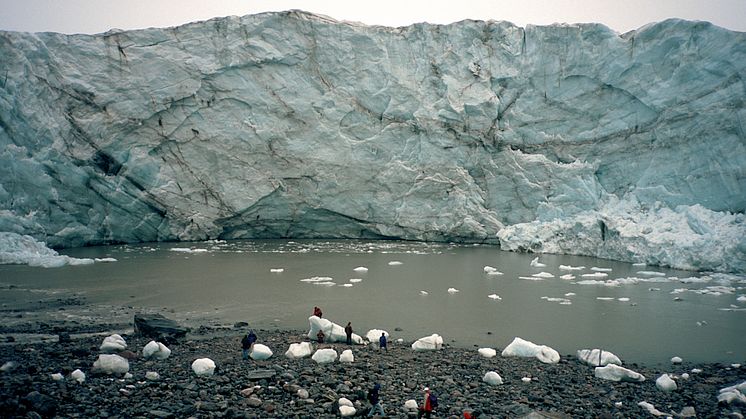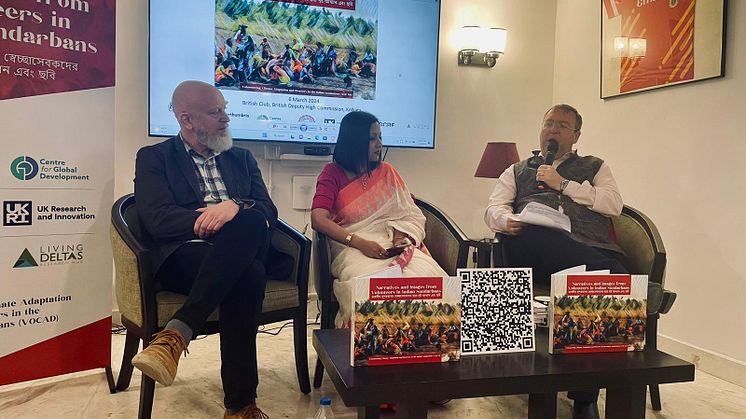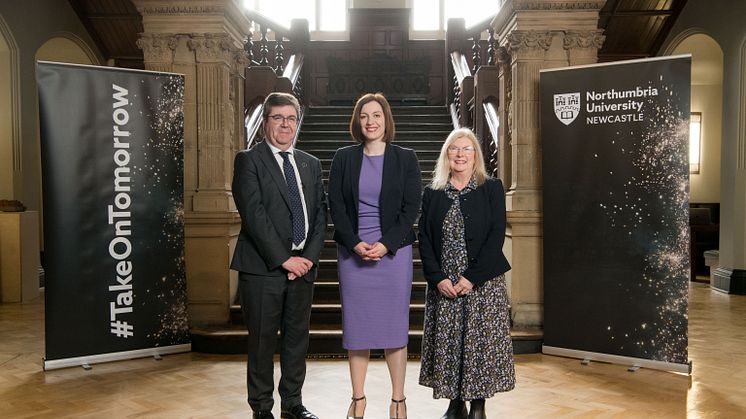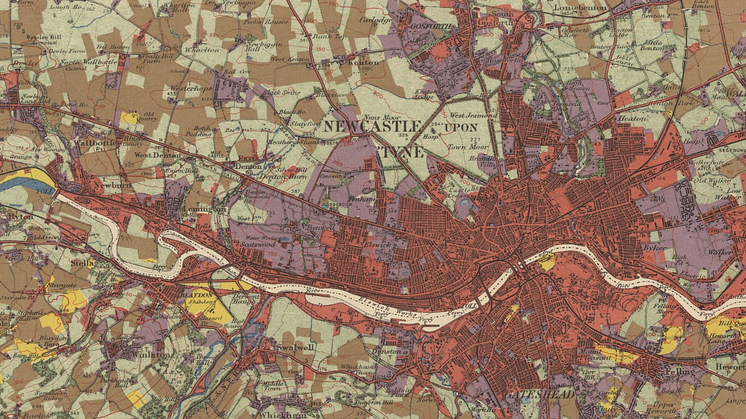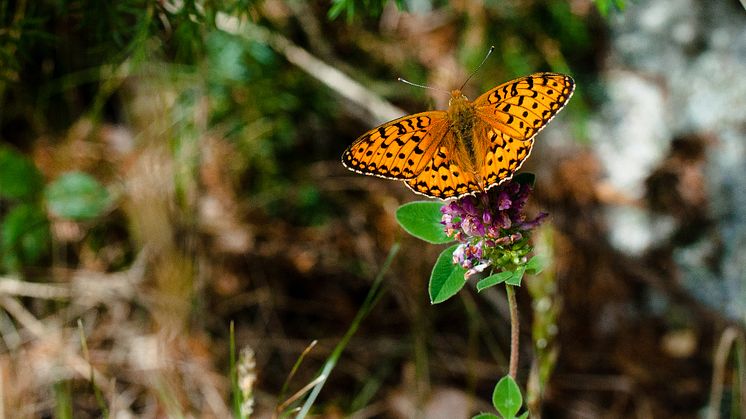
Press release -
More of the same: Study reveals winners and losers from climate and land-use change
New research from the Swedish University of Agricultural Sciences and Northumbria University has determined that as warm-loving species expand their ranges under climate change, Britain’s landscapes are losing their biological uniqueness.
The researchers took advantage of the long tradition of biological recording in Britain, combining long-term observations of birds, butterflies and plants with a new map of land-use change and climate data from the Met Office. Like much of the world, Britain has become warmer (and wetter) over the last 100 years. At the same time, the land has been increasingly converted for agriculture and built on for towns and cities.
The new study, published in the journal Nature Ecology and Evolution shows that the average number of species has increased in landscapes across Britain, with the largest gains occurring in the areas where the environment has changed the most.
“It can seem strange that, in the depths of a global extinction crisis, we are finding that the overall number of species found at a local level are increasing. But this is actually not a very uncommon result,” explained Dr Andrew Suggitt, Assistant Professor in Ecology at Northumbria University.
“What is different about our study is that we have related these changes to how we are changing the land, and to increasing temperatures.”
The researchers maintain that it is not the case that environmental change is good for biodiversity, but rather that as different human activities modify the landscape, it is the same cohort of ‘winner’ species that are best able to capitalise – and they do so very successfully. This widespread phenomenon has resulted in ecological communities around Britain becoming more similar over time.

“While human activity seemed to be driving increases in species numbers, it was also driving what we call ‘biotic homogenisation’ – where areas which were once quite distinctive are now losing their uniqueness,” said Dr Alistair Auffret, Lecturer in Ecology at the Swedish University of Agricultural Sciences. “Our results also showed that a retention of semi-natural habitat, particularly grasslands, was important for maintaining biodiversity in our landscapes. We found that the importance of this positive effect of grasslands more than doubled over our period of study.”
Another potentially worrying result was that, although the majority of land cover change had already occurred by 1990, the trend of ‘biotic homogenisation’ has continued. This could indicate that species declines have still not yet caught up with harmful human activities that have slowed down or ceased.
“The possibility for lagged effects of environmental change makes the case for protecting and restoring our natural systems even more pressing,” said Dr Suggitt.
The new paper follows a collaboration between the two universities last year which, for the first time, mapped how land-use has changed across Britain throughout the last century. That study, Linking climate warming and land conversion to species’ range changes across Great Britain, was published in Nature Communications.

Discover more about this work in an article, written for The Conversation, on the new map of land-use change for Britain, and how it relates to biodiversity.
Ends
Picture captions
Image 1: An example of the 1930s Land Utilisation Survey map, © Mr. Giles Clark.
Image 2: Chickweed wintergreen (Trientalis europeaea) is a forest species that is declining in Britain despite an increase in forest cover. Photo by Alistair Auffret.
Image 3: Dark green fritillary (Speyeria aglaja) is a species for which local extinctions have been linked to a warming climate. Photo by Alistair Auffret.
Image 4: Alpine bistort (Bistorta vivipara) is a species for which the loss of moist grasslands in Britain is contributing to range loss. Photo by Alistair Auffret.
Topics
Categories
UNIVERSITY OF THE YEAR 2022 (Times Higher Education Awards)
Northumbria is a research-intensive university that unlocks potential for all, changing lives regionally, nationally and internationally. Find out more about us at www.northumbria.ac.uk
--- Please contact media.communications@northumbria.ac.uk with any media enquiries or interview requests ---







